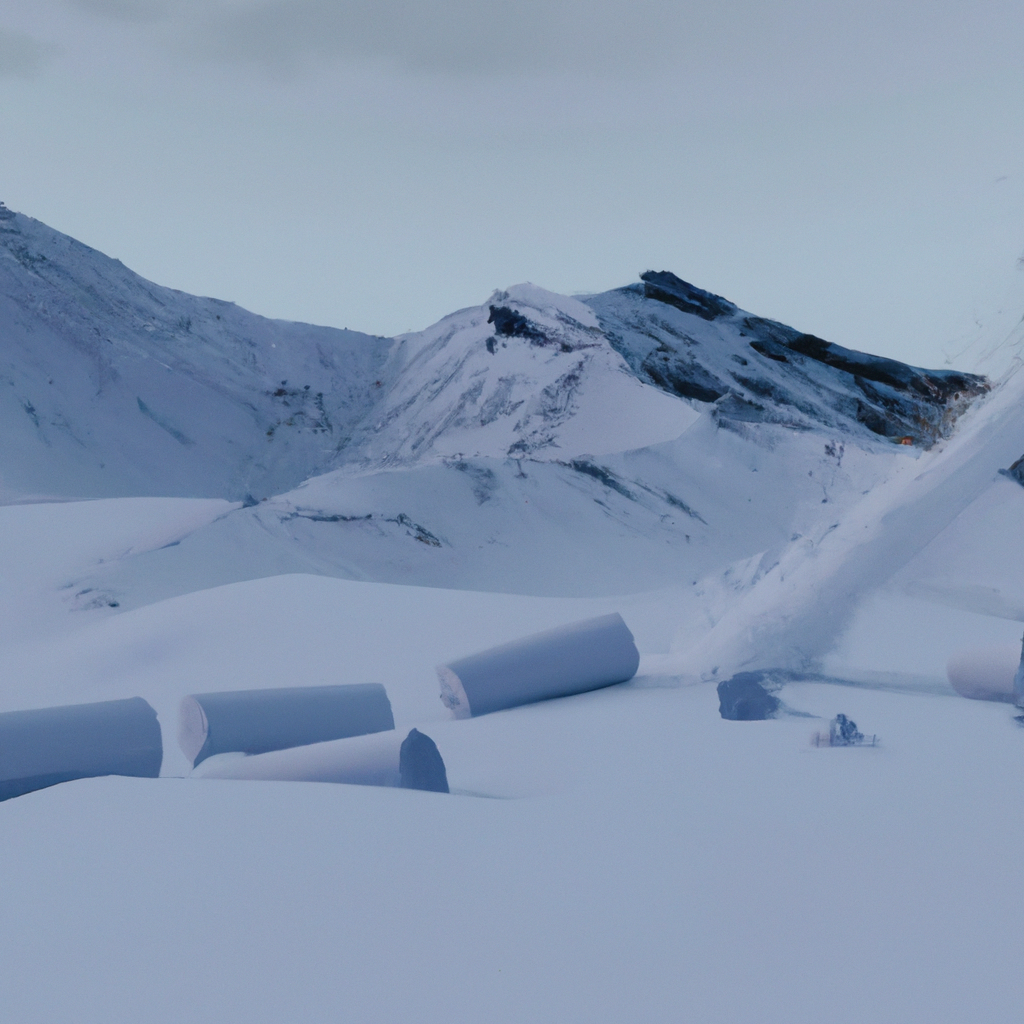An avalanche is a natural disaster that occurs when a mass of snow, ice, and debris slides down a mountain slope. It’s one of the most dangerous winter weather phenomena that can cause damage to property and life-threatening situations. In this article, we will explore how an avalanche occurs, the science behind it, avalanche prevention, and mountain safety to increase avalanche awareness.
How does an avalanche occur?
An avalanche occurs when a mass of snow breaks away from the mountain slope and slides down. The snow slide can be triggered by natural or human-made events, such as snowstorms, vibrations from skiers, snowmobilers, or explosives, or unstable snowpack. The snowpack refers to the layers of snow on the mountain slope, which can vary in density, thickness, and stability.
The science behind an avalanche
Avalanches are a result of complex snow science processes and factors that interact to create unstable snowpack. The snowpack’s stability depends on various factors, such as the type of snow crystals, temperature, wind, and slope angle. When the snowpack’s layers are weak and unstable, the top layer can easily break away and slide down the mountain slope.
Types of avalanches
Avalanches can be classified based on their characteristics and the type of snow involved. The three main types of avalanches are:
1. Slab avalanches: This type of avalanche occurs when a cohesive layer of snow slides off a weaker layer of snow underneath it. Slab avalanches are the most common type of avalanche and can be triggered by human activities or natural events.
2. Loose snow avalanches: This type of avalanche occurs when loose, unconsolidated snow slides down the mountain slope. Loose snow avalanches are usually smaller than slab avalanches and can occur naturally or be triggered by human activity.
3. Powder snow avalanches: This type of avalanche occurs when a large amount of dry, light snow slides down the mountain slope. Powder snow avalanches are often triggered by natural events, such as heavy snowfall or wind.
Avalanche prevention and mountain safety
Avalanche prevention and mountain safety are crucial to avoiding dangerous situations. Here are some tips to prevent avalanches and ensure mountain safety:
1. Check the avalanche forecast: Before heading out to the mountains, check the avalanche forecast to know the potential avalanche risk in the area. The avalanche forecast provides information on snowpack stability, slope angle, and other factors that can trigger avalanches.
2. Know the terrain: It’s essential to know the terrain and slope angle to avoid areas with a high risk of avalanche. Avoid steep slopes and areas with unstable snowpack.
3. Use avalanche safety equipment: Avalanche safety equipment, such as an avalanche beacon, shovel, and probe, can help locate and rescue someone buried in an avalanche.
4. Travel with an experienced guide: If you’re not familiar with the area, travel with an experienced guide who knows the terrain and avalanche risk in the area.
5. Attend avalanche awareness courses: Avalanche awareness courses can provide valuable information on avalanche safety, snow science, and rescue techniques.
Conclusion
Avalanches are a natural disaster that can cause serious damage and life-threatening situations. Understanding how avalanches occur, the snow science behind them, and avalanche prevention and mountain safety can increase avalanche awareness and help prevent dangerous situations. Always be aware of the avalanche risk in the area, know the terrain, and travel with safety equipment and experienced guides to ensure mountain safety.







